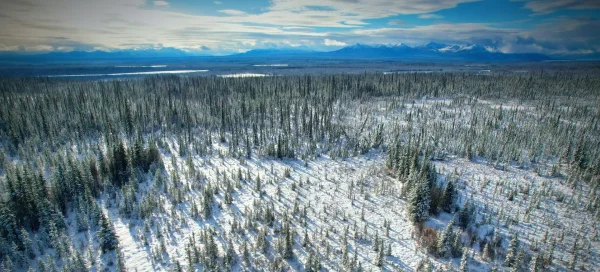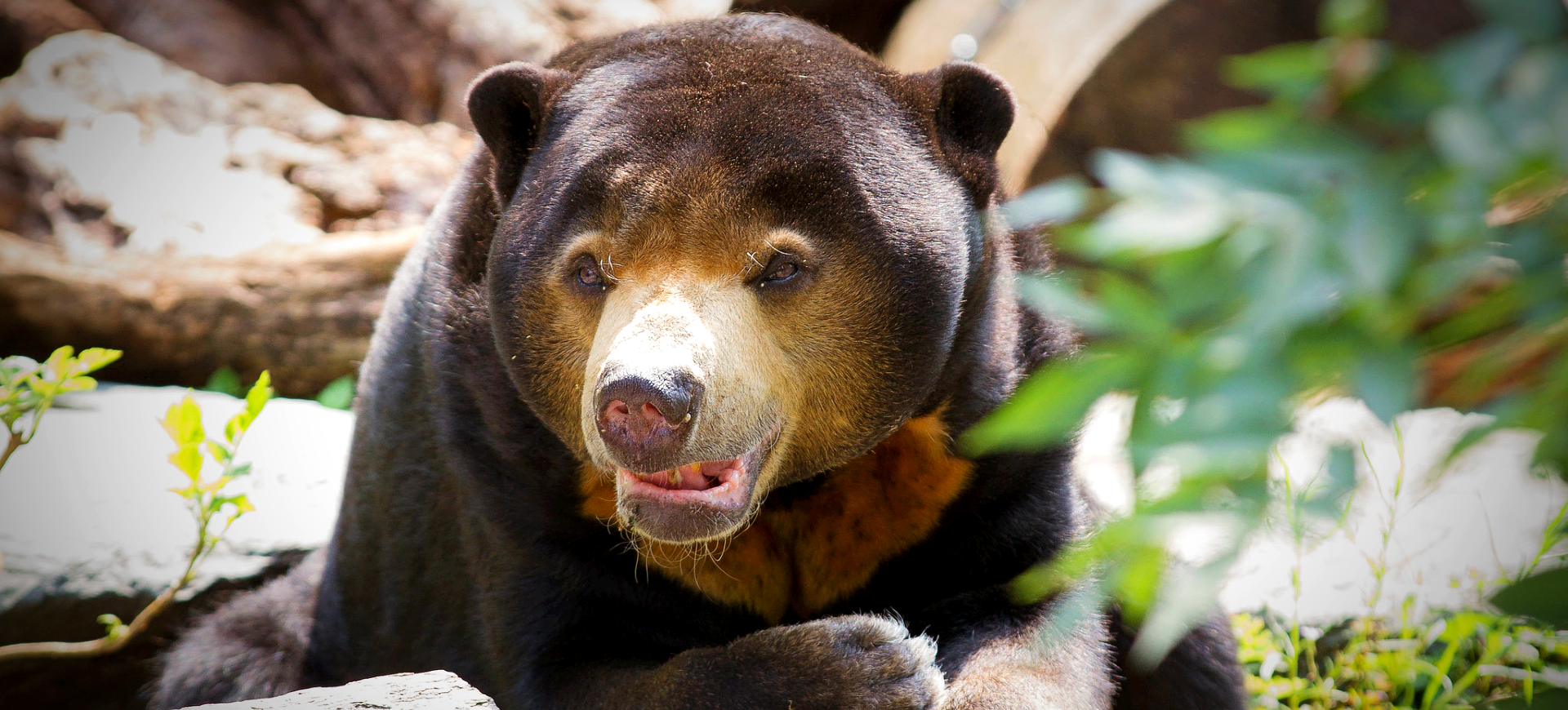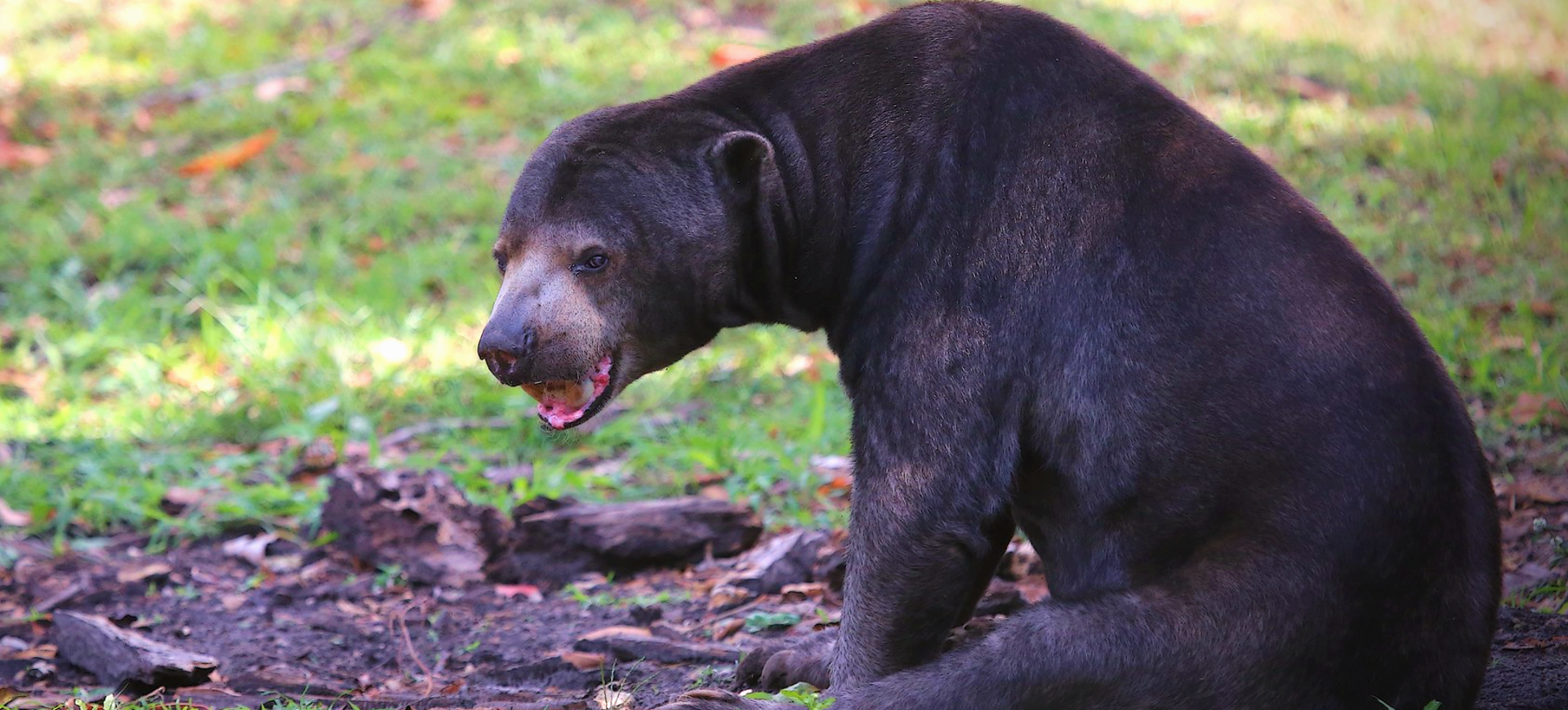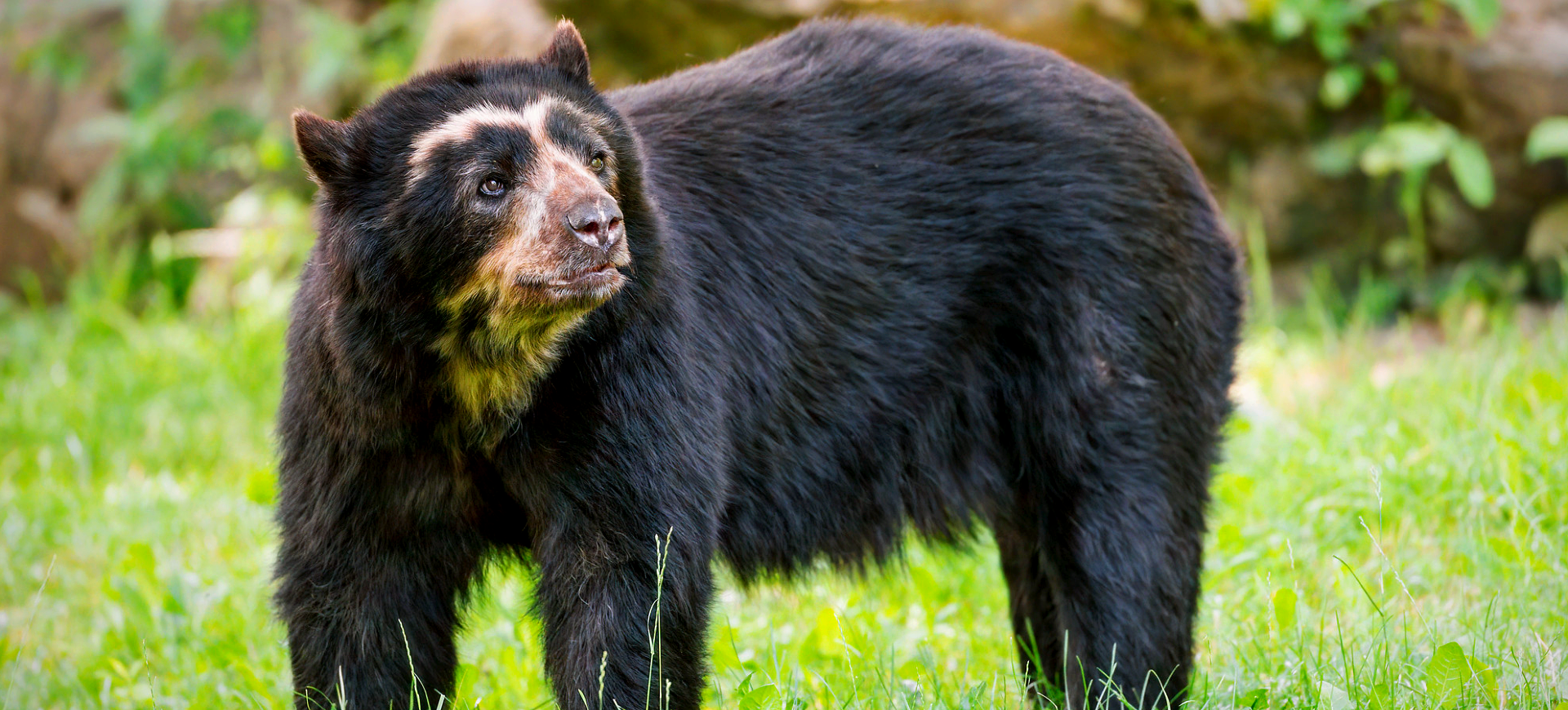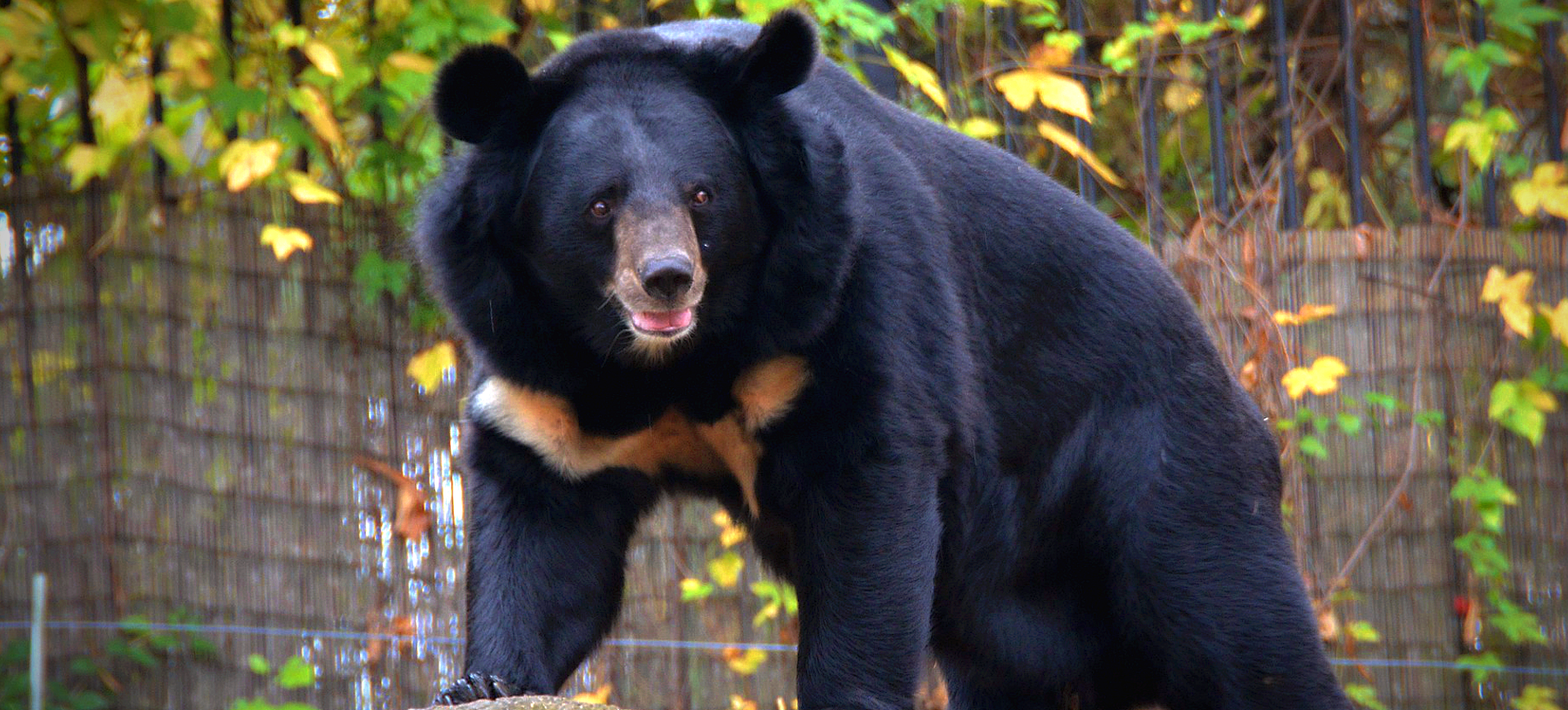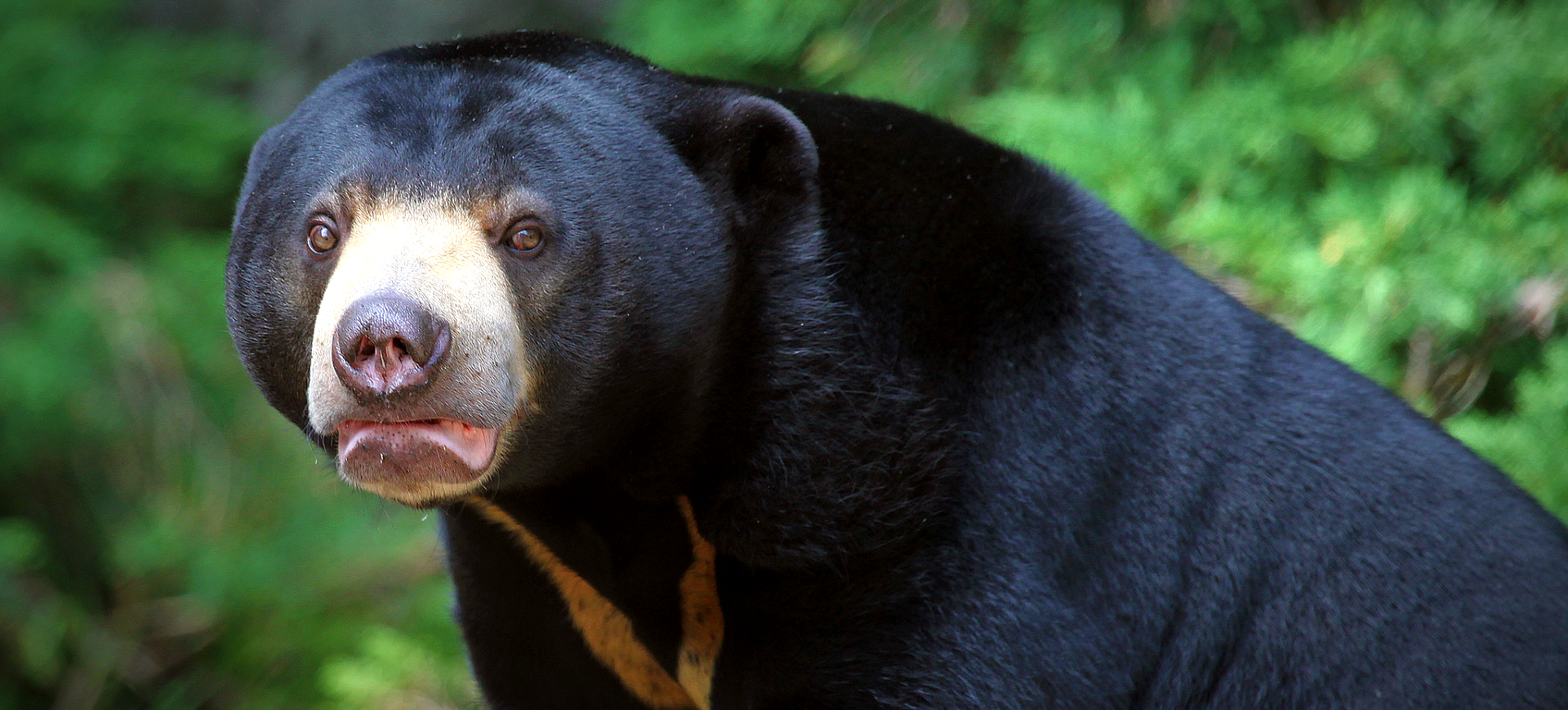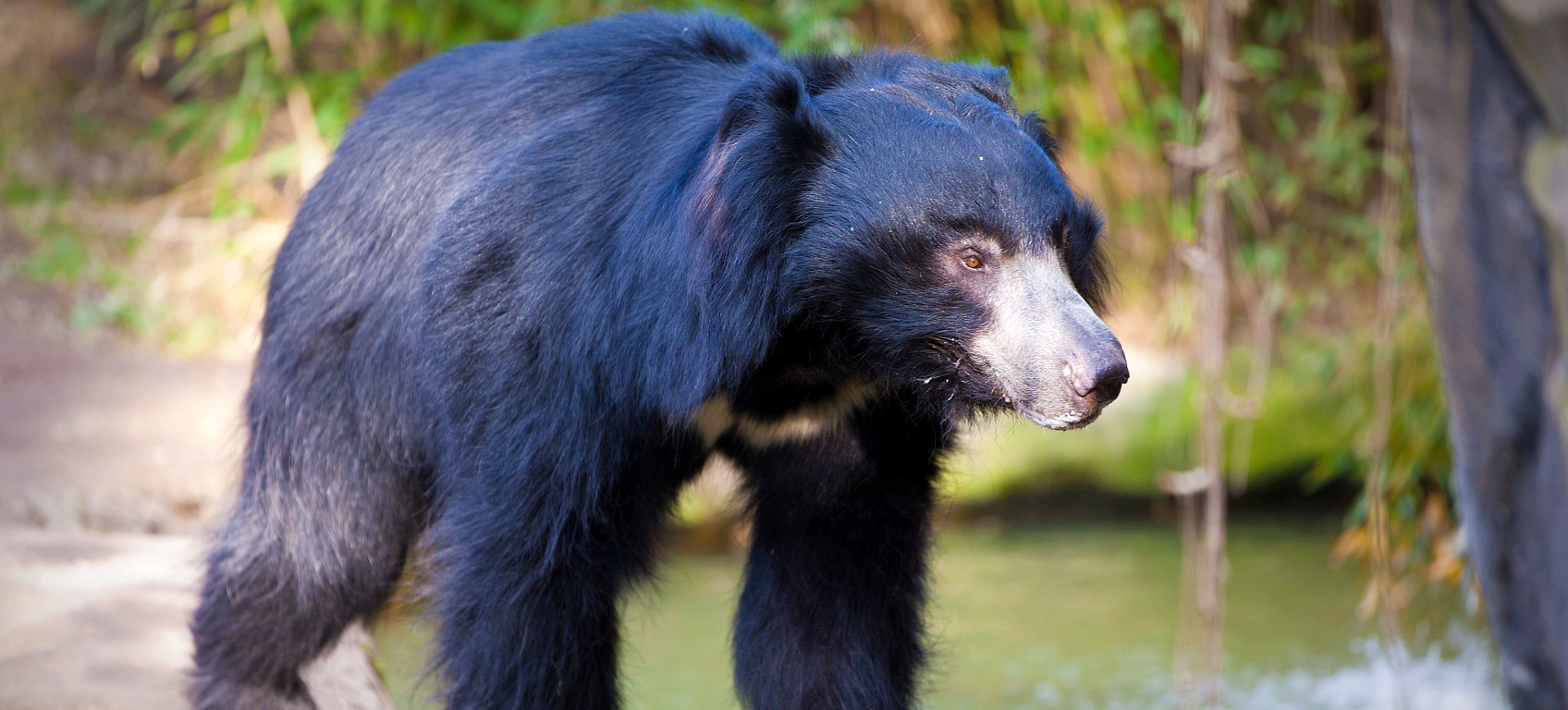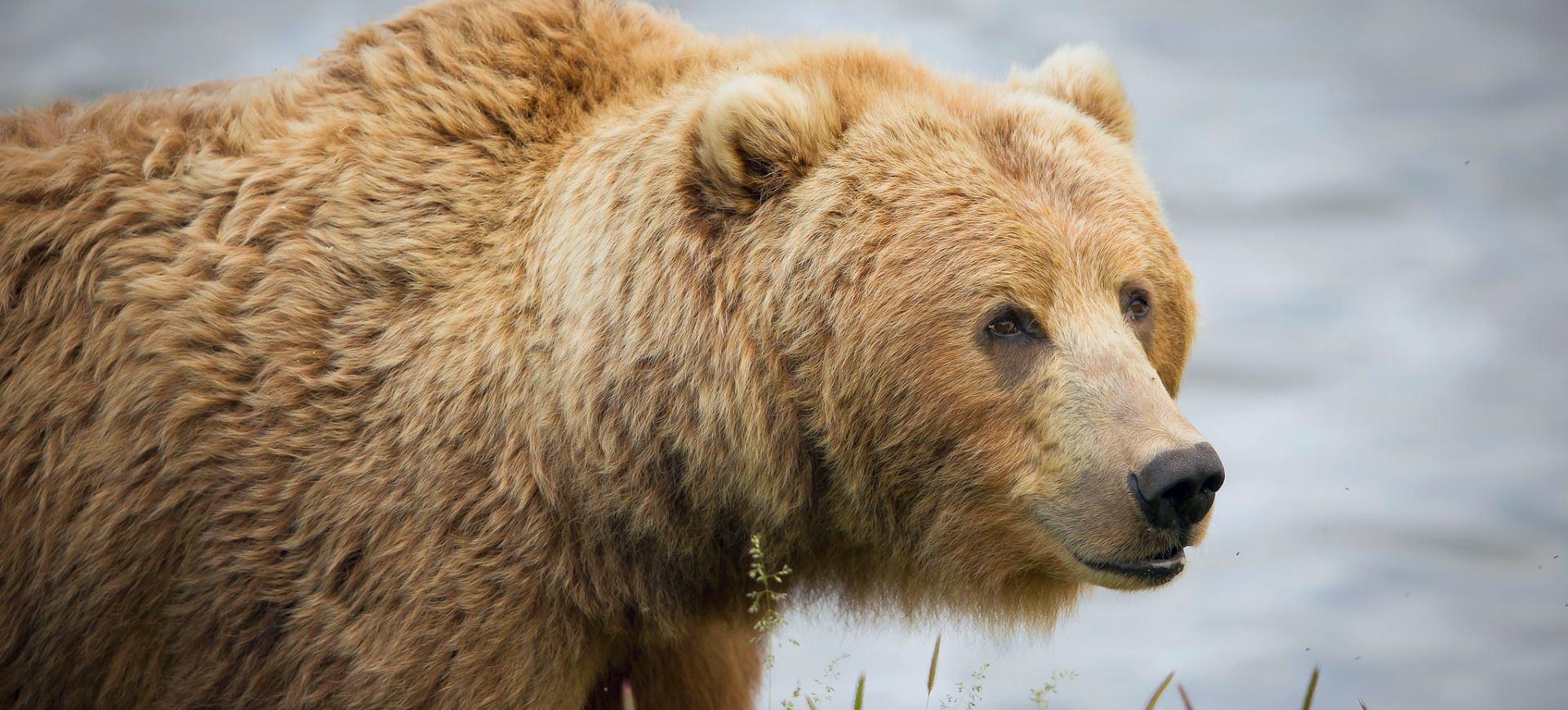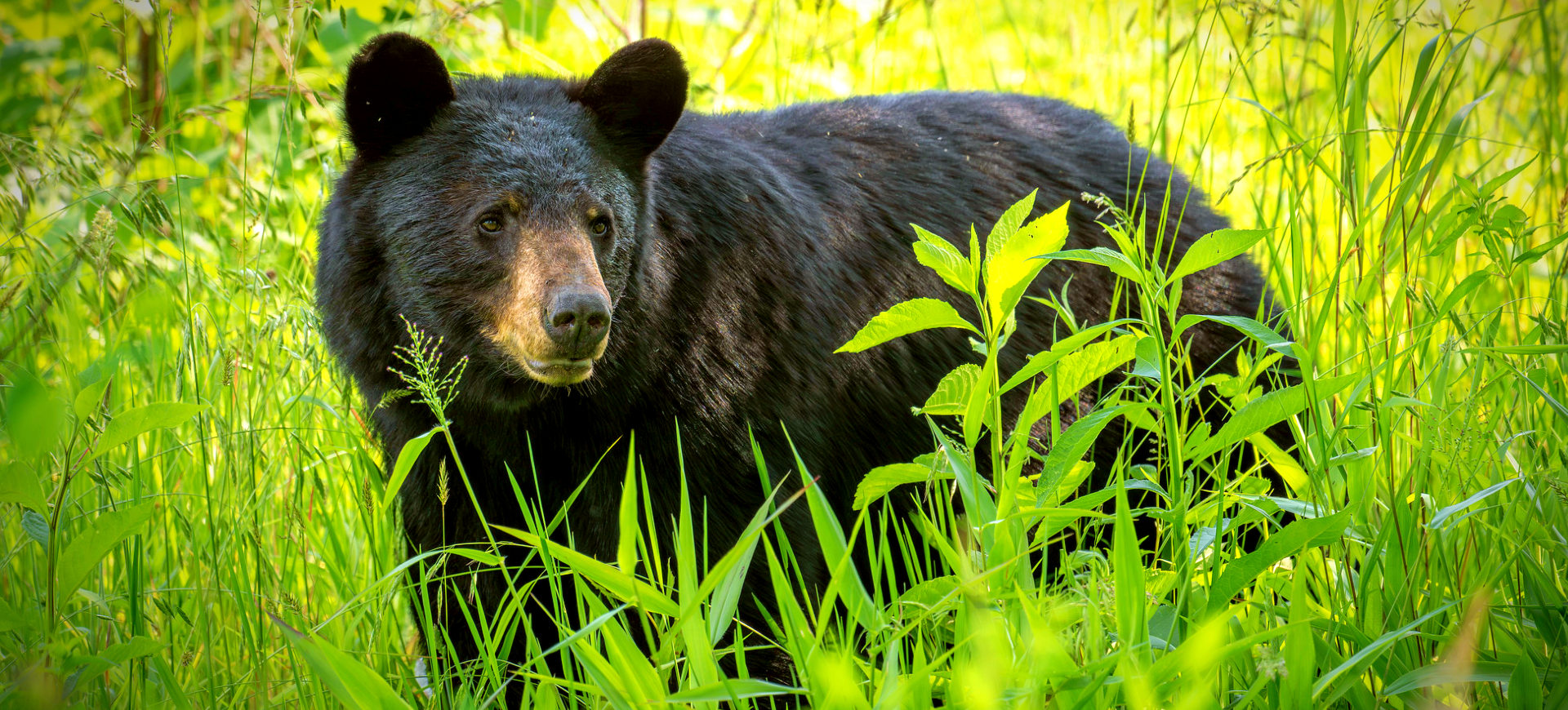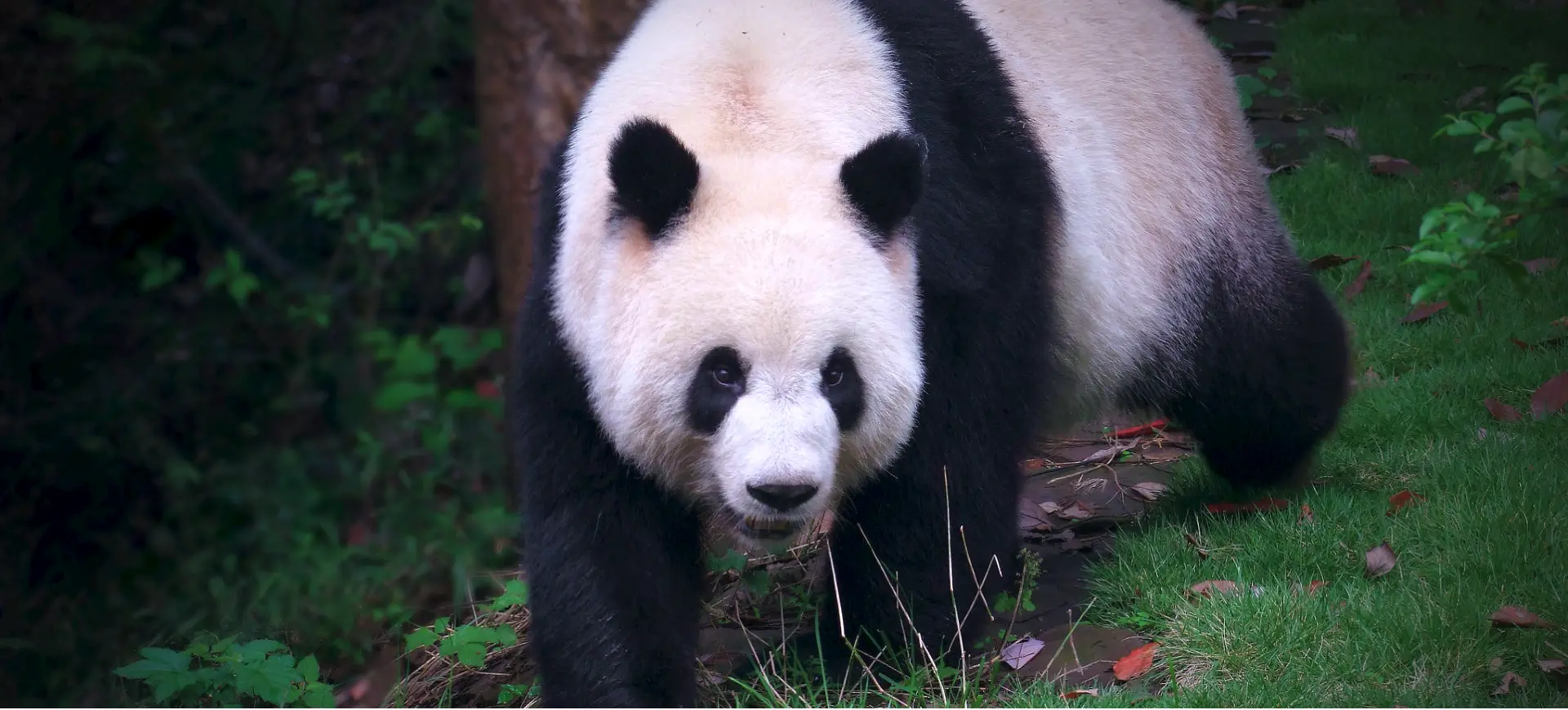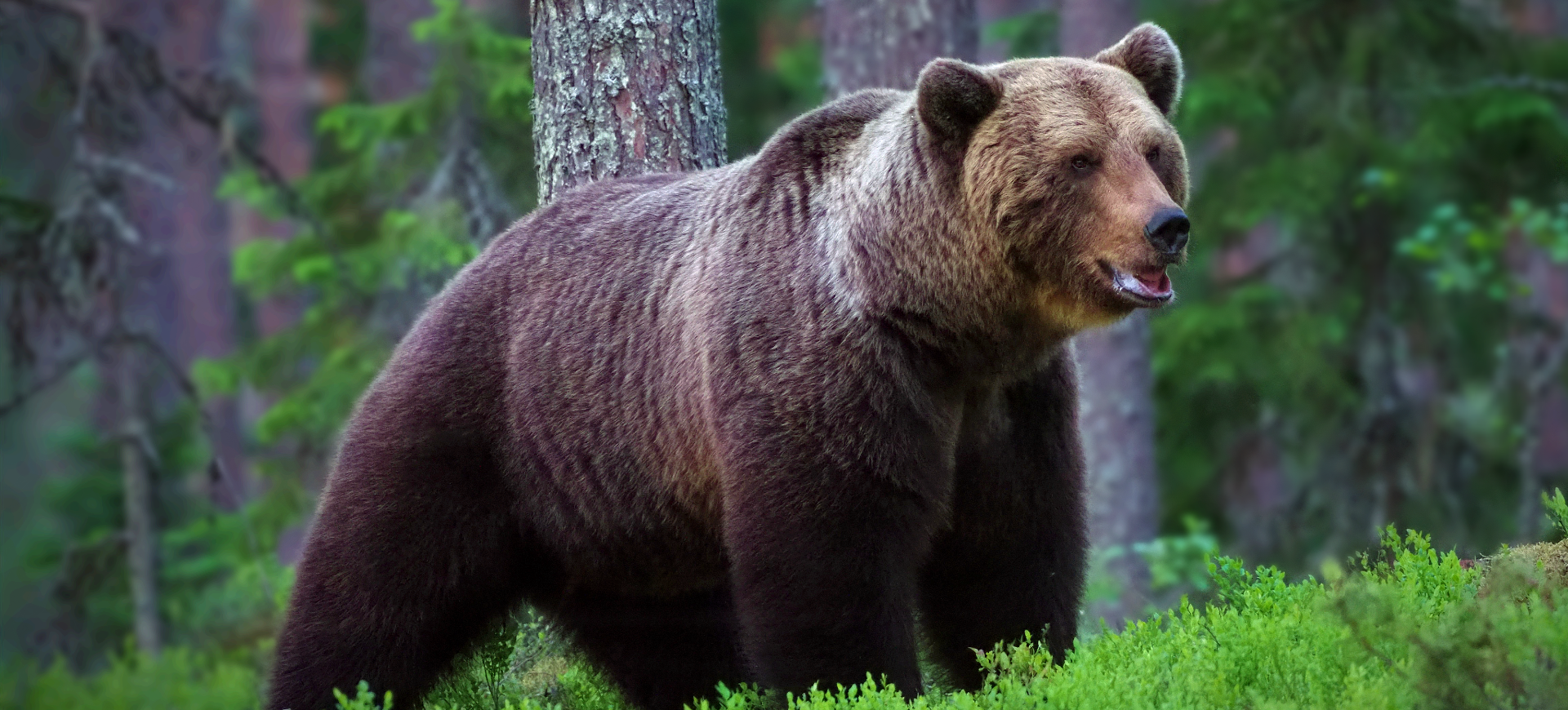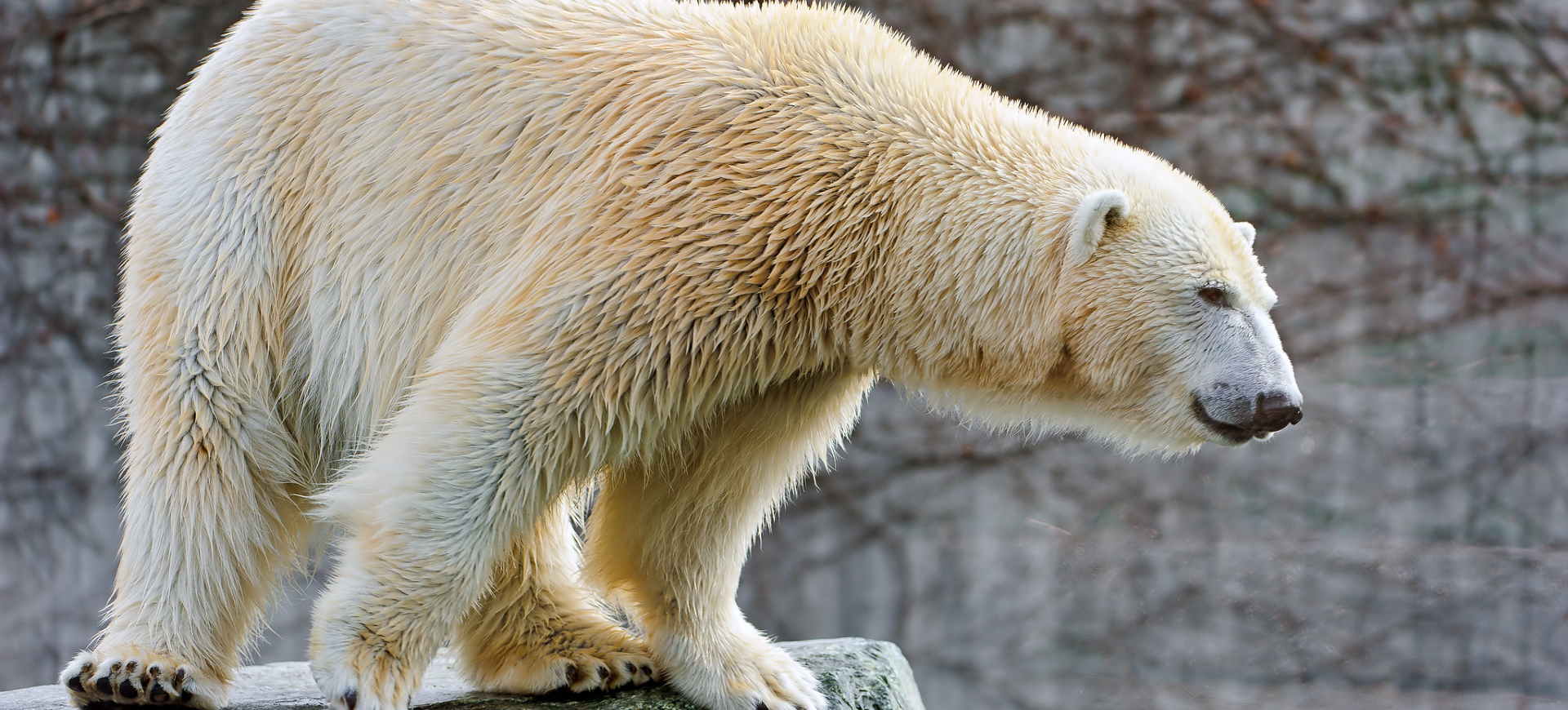Overview
The Grizzly Bear, a subspecies of the brown bear, is a formidable and iconic creature known for its immense size, strength, and distinctive hump on its shoulders. It’s one of the most prominent living terrestrial members of the order Carnivora, and its reputation as a powerful beast is well-deserved. Grizzlies have a robust build, with muscular shoulders that aid digging and a bite force that can crush a bowling ball. They are solitary animals, yet their range and diet make them significant as apex predators in their ecosystems, shaping their natural world.
Despite their strength and size, grizzly bears display a surprising amount of agility and speed, capable of running up to 35 miles per hour. Their omnivorous diets consume a wide range of food, from berries and nuts to fish and other mammals. Like other bears, Grizzlies go through a period of dormancy in the winter but do not truly hibernate; they can wake up if disturbed.
Grizzly bears are recognized for their cultural and spiritual significance to many indigenous communities. However, the relationship between humans and grizzlies has been fraught with conflict and competition. As a result, the grizzly bear population has experienced a significant reduction due to habitat loss, climate change, and human activity. Current conservation efforts aim to protect and recover this magnificent creature.
Taxonomy
Kingdom
Phylum
Class
Order
Family
Genus
Species
Sub Species
Type
Physical Description:
Grizzly bears are characterized by their robust and muscular bodies, grizzled fur ranging from very light tan or blond to brown or black, and the hump of muscle mass on their shoulders. Their fur is tipped with white or silver, giving them a ‘grizzled’ appearance, the basis for their common name.
Adult males are about 7.9 feet (2.4 meters) in length and stand about 3.3 feet (1 meter) at the shoulder when on all fours. Females are smaller, around 6.5 feet (2 meters) in length and about 2.6 feet (0.8 meters) at the shoulder. Grizzlies have powerful, long claws on their forefeet that can measure up to 4 inches (10 centimeters), which they use for digging and battles against rivals or threats.

Lifespan: Wild: ~25 years || Captivity: ~50 years

Weight: Male: 600 lbs (272 kg) || Female: 350 lbs (158 kg)

Length: Male: 7.9 ft (2.4 m) || Female: 6.5 ft (2 m)

Height: Male: 3.3 ft (1 m) || Female: 2.6 ft (0.8 m) at Shoulder

Top Speed: 35 mph (56 km/h)
Characteristic:
Native Habitat:
Grizzly bears are adapted to various habitats, ranging from dense forests to subalpine meadows, open plains, and arctic tundra. They tend to prefer semi-open landscapes, likely because these provide a mix of food resources, safety, and mobility. Grizzlies are also adept swimmers and often inhabit areas with rivers, lakes, or other bodies of water.
Their dens are often on a hill or ridge side and can be identified by a narrow entrance and a tunnel leading to a broader nesting area. Grizzlies in coastal regions have access to abundant food resources, particularly during the salmon run, and often grow larger and live in higher densities than their interior counterparts.
Climate Zones:
Biogeographical Realms:
Continents:
Countries:
Diet:
Diet & Feeding Habits:
Grizzly bears are omnivores, and their diet varies widely depending on the season and location. They consume a diverse range of food, from plants to animals. In spring, they forage for grasses, roots, bulbs, tubers, and carrion left over from the winter. During summer, their diet includes berries, flowers, grasses, and other vegetation. They also catch and consume fish, particularly during the salmon run in coastal areas.
In the late summer and early fall, grizzlies enter hyperphagia, a period of excessive eating and drinking to prepare for winter denning. During this time, they may consume up to 20,000 calories daily and gain more than two pounds of body weight daily. Grizzlies also hunt mammals in certain areas, such as rodents, moose, elk, and even other bears. Despite their formidable hunting skills, much of a grizzly’s diet comprises nuts, berries, fruit, leaves, and roots. They are excellent at finding and digging up food caches, including human food and garbage, which leads to many human-grizzly conflicts.
Mating Behavior:
Mating Description:
Grizzly bears are solitary creatures, but they seek companionship during the mating season, typically from May to July. Male grizzlies, or boars, will roam vast distances for a receptive female or sow. Boars will compete fiercely with other males for a chance to mate, leading to intense fights that can result in severe injuries.
Once a boar has found a sow, they will spend a few days to a couple of weeks together, during which mating occurs several times. After mating, the pair separate, and the sow will begin her gestation period. Interestingly, grizzlies experience delayed implantation, where the fertilized egg does not implant and begins growing until November. If the female does not have enough body fat to support herself and her offspring, the egg will not implant, and she will not give birth that season.
Reproduction Season:
Birth Type:
Pregnancy Duration:
Female Name:
Male Name:
Baby Name:
Social Structure Description:
Grizzly bears are generally solitary animals, although they are not as territorial as other species. Adult males hold the highest rank in the hierarchy, with subadult males, females, and cubs following. Grizzlies can be seen feeding together in relative peace during the salmon run or in areas with abundant food.
Mother grizzlies are fiercely protective of their cubs, raising them alone. The cubs stay with their mother for about 2.5 years, learning vital survival skills.
Groups:
Conservation Status:
Population Trend:
The grizzly bear population varies significantly by region, from thriving in some areas to critically endangered or extinct in others. Alaska boasts the highest population in the U.S., with an estimated 30,000 grizzly bears. Meanwhile, the Yellowstone and Northern Continental Divide Ecosystem populations have grown due to extensive conservation efforts and are estimated at around 700 and 1,000 bears, respectively. In Canada, the population is estimated at around 25,000 bears.
However, these populations are fragmented, which can lead to genetic isolation and reduced gene flow. Populations in the lower 48 states are particularly vulnerable, with four of the six recognized recovery zones having populations of fewer than 50 bears.
Population Threats:
The main threats to grizzly bears are habitat loss due to human development, direct human-induced mortality (trophy hunting, self-defense, vehicle collisions), and climate change. Expanding human populations and development often lead to habitat fragmentation and increased human-bear interactions, often ending in bear mortality.
Climate change also poses a significant threat, altering the bear’s habitats and food resources. For instance, warming temperatures have decreased whitebark pine, a critical food source for grizzlies in the Yellowstone region. It’s important to note that threats vary greatly depending on the region and specific grizzly population.
Conservation Efforts:
Numerous efforts are underway to protect and recover grizzly bear populations. These include habitat preservation and restoration, reducing human-bear conflicts, and fostering coexistence strategies. For instance, the Interagency Grizzly Bear Committee coordinates efforts across federal, state, and tribal entities in the U.S.
In Canada, provincial and national parks provide crucial habitat protection. The translocation of bears from high-density to low-density areas has also been used as a conservation strategy. Legal protection from hunting has also helped populations like the Yellowstone grizzlies recover.
Additional Resources:
Fun Facts
- Grizzly bears can run up to 35 mph (56 km/h) despite their size.
- Grizzlies have a better sense of smell than a hound dog and can detect food from miles away.
- Grizzly bears have a “bump” or muscular hump on their back that gives them strength for digging.
- Their claws are longer than a human’s fingers and are great for catching fish and digging for food.
- Grizzly bears are not true hibernators. During winter, they go into a deep sleep but can wake up at any time.
- Mother grizzlies are known to be fiercely protective and excellent caretakers.
- During the mating season, male grizzlies will fight fiercely over a female.
- Grizzly bears have been observed using rocks as tools to scratch themselves.
- They are considered by many to be the most aggressive bear species.
- The grizzly bear is a significant figure in various indigenous cultures and mythology.









